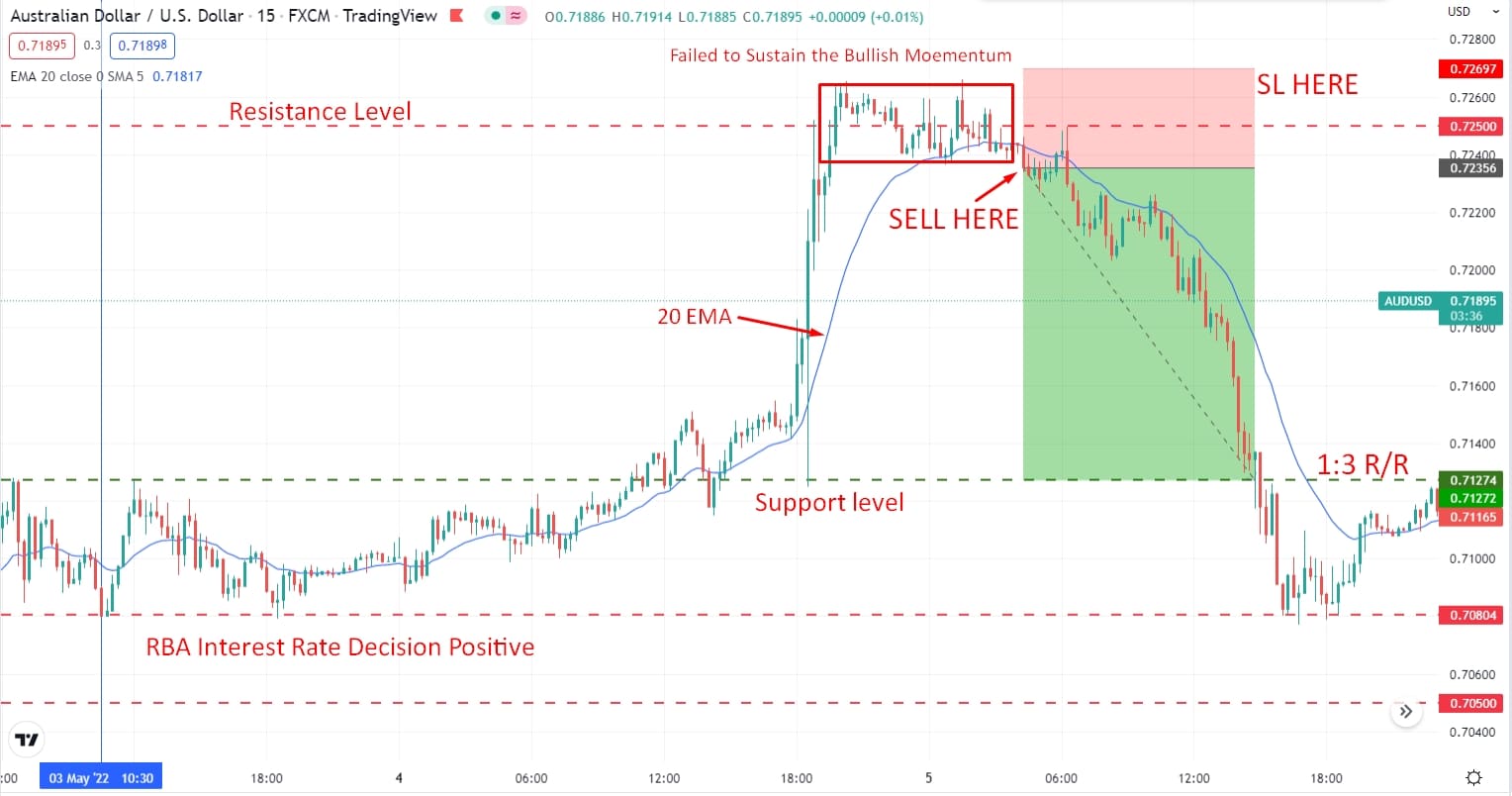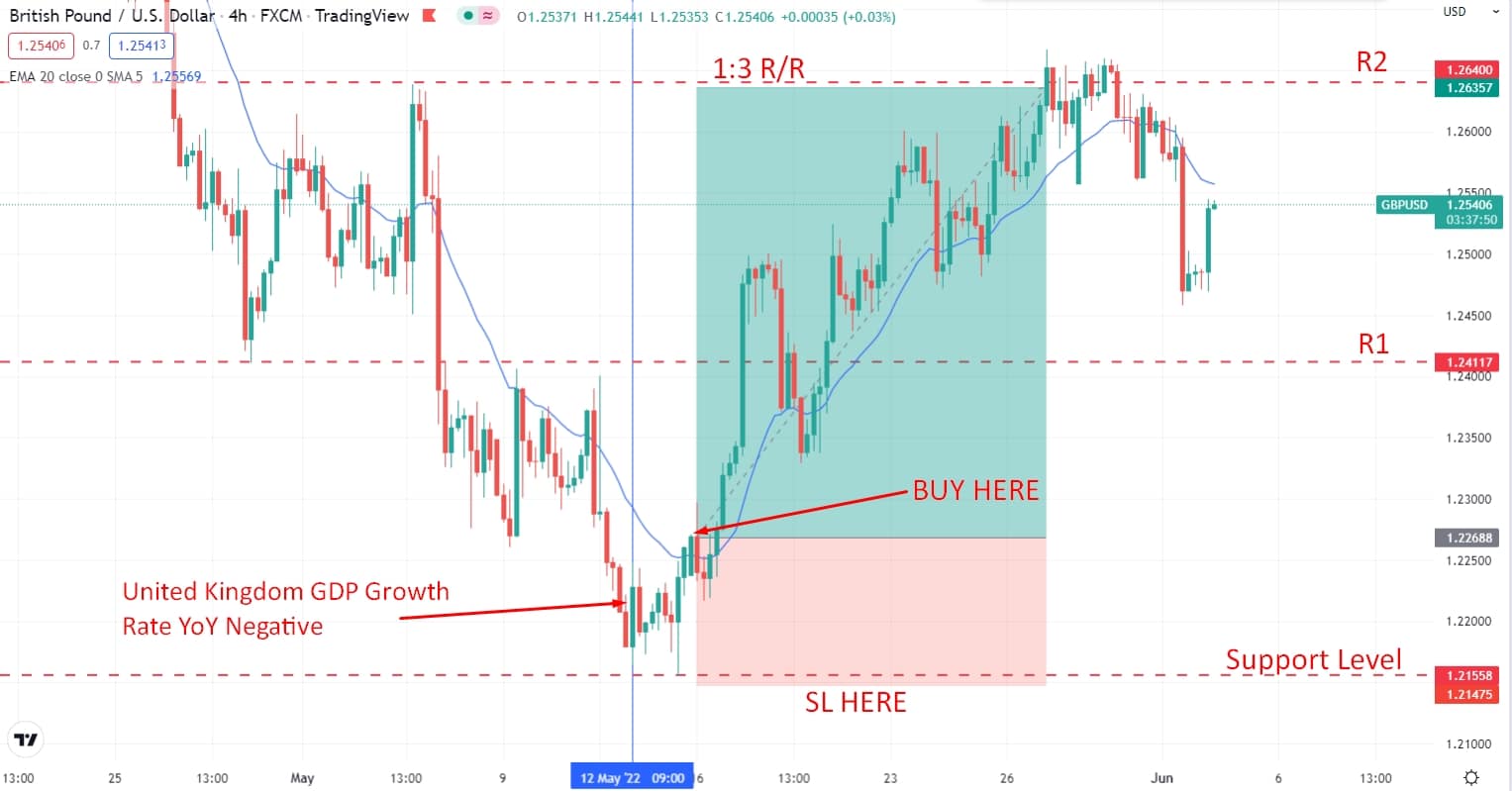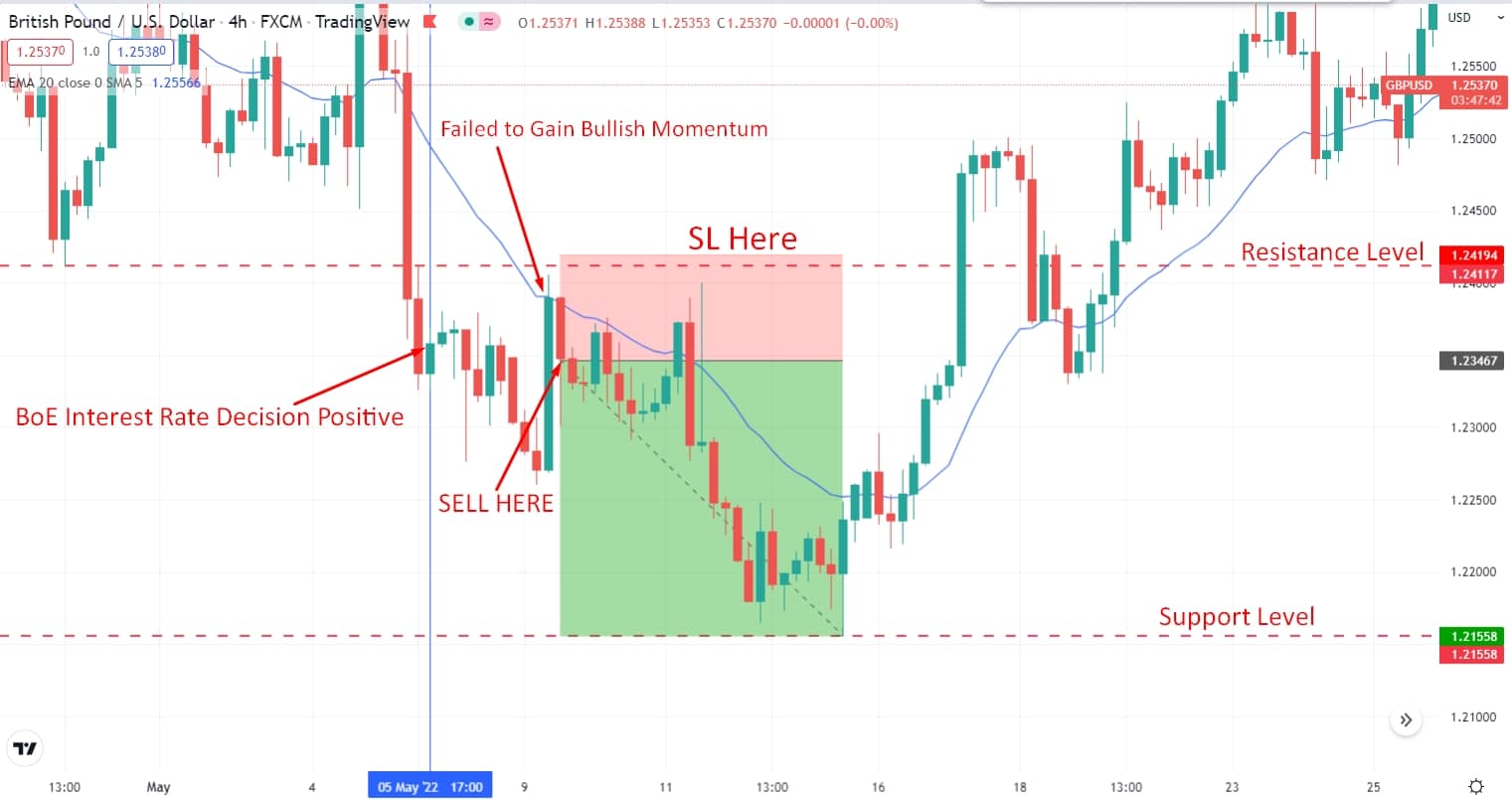George Soros is notoriously familiar, “the man who broke the Bank of England.” In September, back in 1992, Soros risked $10 billion over a single currency investment and shorted the British pound; he proved to be right. The trade generated brought him a profit of $1 billion in a single day. Also, the incident brought him international fame.
George Soros proceeded on his own to establish a hedge fund company in 1973 named Soros Fund Management. However, Soros Fund Management ultimately progressed into the popular and esteemed Quantum Fund.
What is the view of George Soros about the market?
George Soros declines the concept of technical analysis, which states that all fundamentals are instantly manifested in the price and items that investors and traders manipulate the fundamentals by their personal biases. Soros claimed that financial markets never explicitly disclose the cardinal reality. He added that they always manipulate it somehow, and the manipulations discover expression in market prices. Naturally, the financial markets are uncertain. Therefore, one has to have divergent scenarios.
The concept that anyone can genuinely anticipate what’s coming along goes against how Soros looks at the market. However, George Soros understands all the markets comprising the investor’s opinion-driven FX markets. Hence those are not possible to anticipate mathematically. Soros also stated that the stock market bubbles do not shoot up from any thin air. Instead, they hold a robust reality base, but the reality is manipulated through misinterpretations.
How to trade using the fundamental divergence in trading strategy?
There are numerous fundamental convergence-based trading techniques out there wherein an economic release provides support for another economic release. However, fundamental divergence is an efficient method of generating profit out of the forex market as well. To understand how to trade using the fundamental divergence, follow the steps mentioned below.
- Economic condition
Pay attention to the four major economic releases:
- GDP
- Interest rate
- Inflation
- Unemployment
As these releases can have an instant influence on the valuation of a currency. Hence, get a rundown of the last two years’ economic release data and thoroughly observe whether the present release supports the current condition or not.
- Determine the divergence
To identify the divergence, you must assess the present data along with the past data while inputting the newest economic data. For instance, in case the interest rate changes and it is not supporting the inflation or the unemployment rate is unsupportive to the changes in interest rate then the report is deemed to be a fundamental divergence.
- Understand the market context
However, determining the fundamental divergence doesn’t signify that you should immediately jump on the trade. It instead comes with an idea of the potential of trades to expand. Consequently, the fundamental divergence has hinted at the upcoming price movement. Hence, it would help if you relied on a well-ordered trading strategy while making trading decisions. Also, suppose it appears that the central bank is raising the interest rate, but other economic factors are unsupportive. In that case, the interest rate hike is considered unsustainable in the long run.
A short-term trading strategy
The strategy that we have shown below is based on the RBA interest rate decision. In this trading method, you will see how the market reacted when the interest rate decision was published and how we took trades depending on the market sentiments. However, this short-term trading strategy will apply to the M5 and M15 time frames.
Bullish trade scenario

Short-term bullish trade scenario
Entry
Look for the price to break above the swing high with an impulsive bullish momentum. Then enter a buy trade, when the price retraces back to the dynamic level of 20 EMA and closes above it.
Stop-loss
Place the stop loss order below the last swing level with at least a 5-10 pips buffer.
Take profit
Target the next resistance level to take the profit. Or else, you can take the profit by calculating at least a 1:3 risk/reward ratio.
Bearish trade scenario

Short-term bearish trade scenario
Entry
Look for the price to break below the swing low with an impulsive bearish momentum. Then enter a sell trade, when the price retraces back to the dynamic level of 20 EMA and closes below it.
Stop-loss
Place the stop-loss order above the last swing level with at least a 5-10 pips buffer.
Take profit
Target the next support level to take the profit. Or else, you can take the profit by calculating at least a 1:3 risk/reward ratio.
A long-term trading strategy
A long-term fundamental divergence trading strategy shown below is based on the United Kingdom GDP growth rate. In this trading method, you will see how the market reacted when the GDP growth rate was published and how we took trades depending on the market momentums. However, this long-term trading strategy will apply to the H4 and D1 time frames.
Bullish trade scenario

Long-term bullish trade scenario
Entry
Look for a buy entry when the price breaks above the dynamic level of 20 EMA after bouncing from the support level.
Stop-loss
Place the stop loss order below the support level or the 20 EMA with at least a 10-15 pips buffer.
Take profit
Take the profit by targeting at least a 1:3 risk/reward ratio. Otherwise, you can take the profit by targeting the next resistance level.
Bearish trade scenario

Long-term bearish trade scenario
Entry
Look for a sell trade when the price had an impulsive bearish candle close after rejecting the 20 EMA or the resistance level.
Stop-loss
Place the stop-loss order above the resistance level or above the 20 EMA with at least a 10-15 pips buffer.
Take profit
Take the profit by targeting at least a 1:3 risk/reward ratio. Otherwise, you can take the profit by targeting the next support level.
Pros and cons
| Pros | Cons |
|
|
|
|
|
|
Final thoughts
To wrap up, if an economic release does not favor another economic release, then a fundamental divergence takes place that reflects the reversal of the market. Hence, fundamental divergence should be incorporated into the traders’ strategy while they trade in terms of extending the accuracy. Additionally, possessing sound psychology for trading and unimpaired money management is obvious for every trader. They must firmly stick to their trading strategy regardless of following technical or fundamental analysis.























Comments